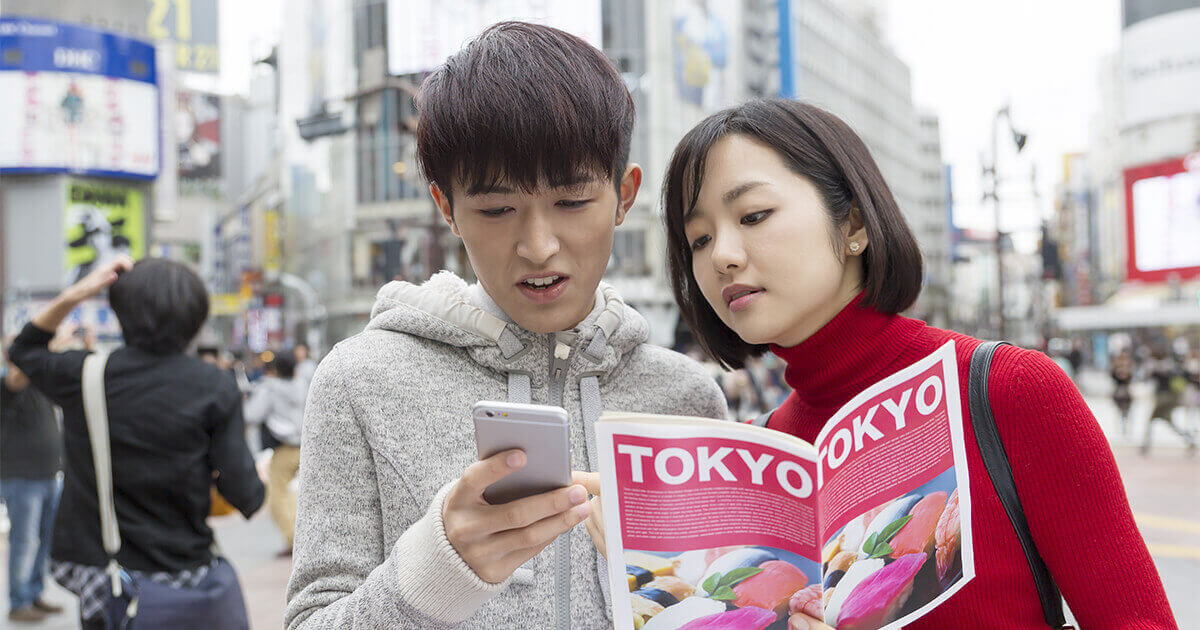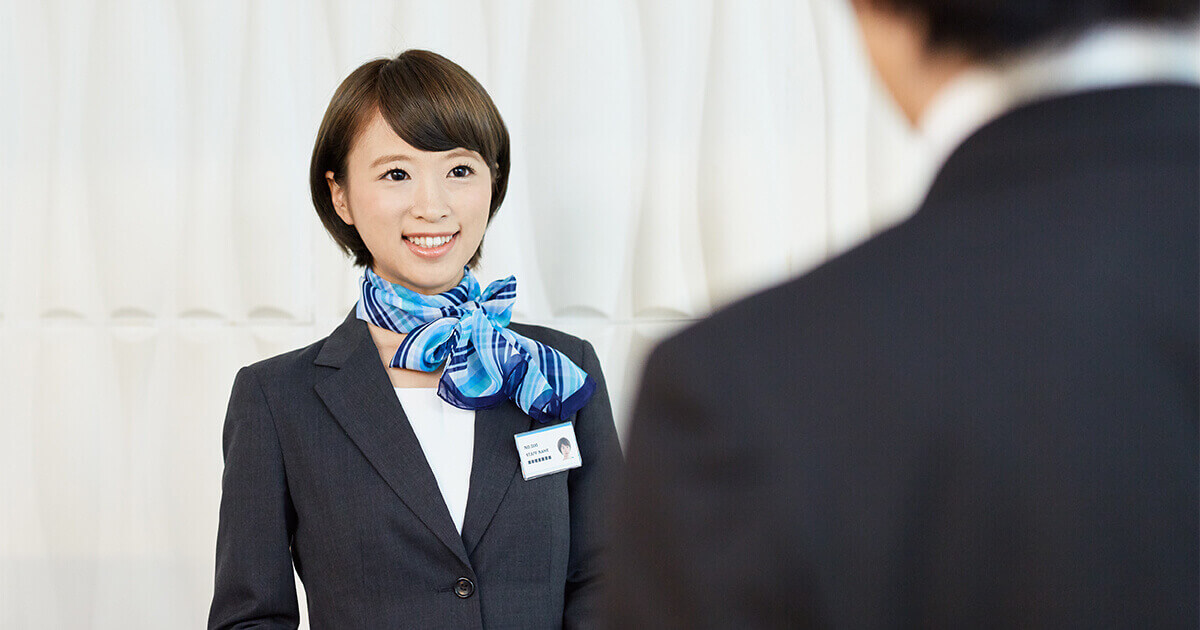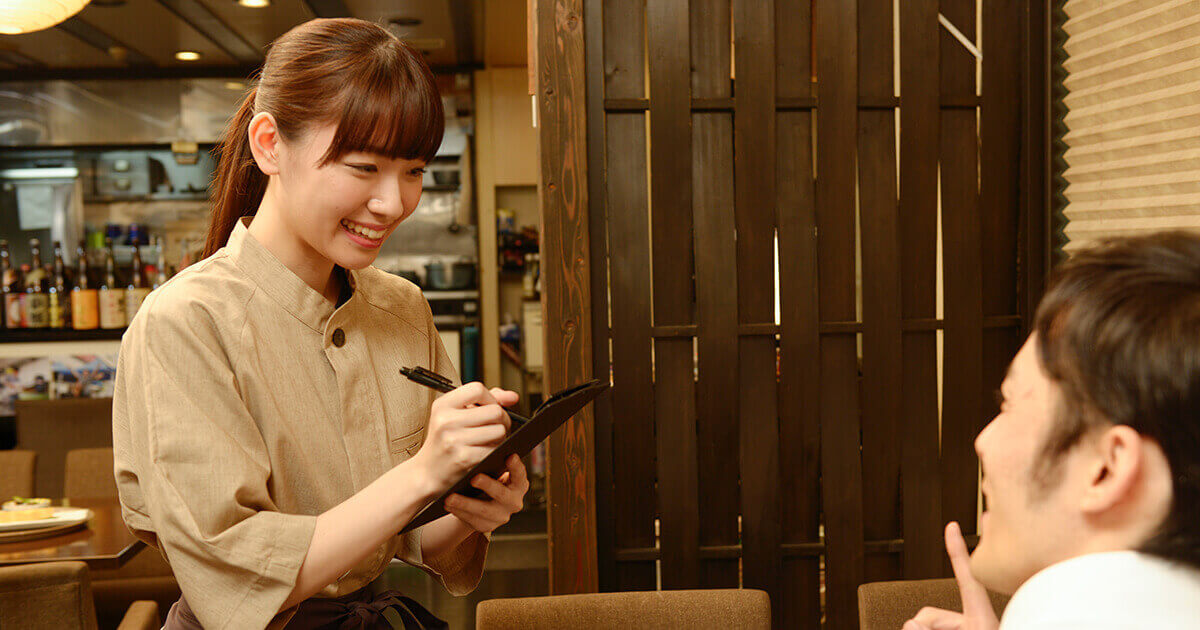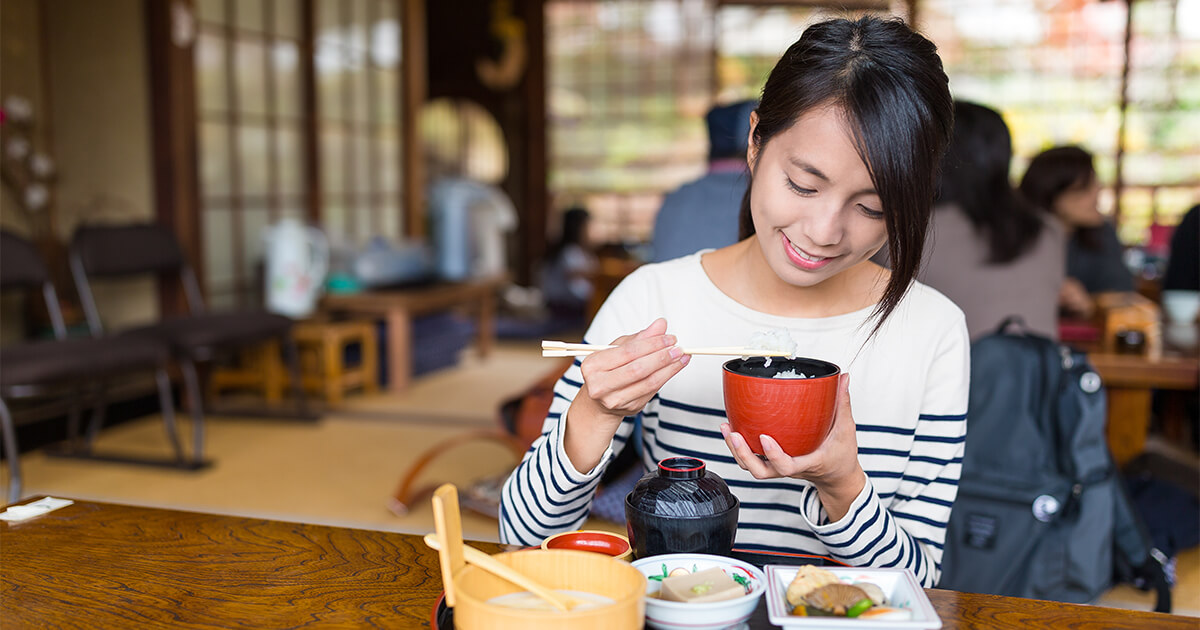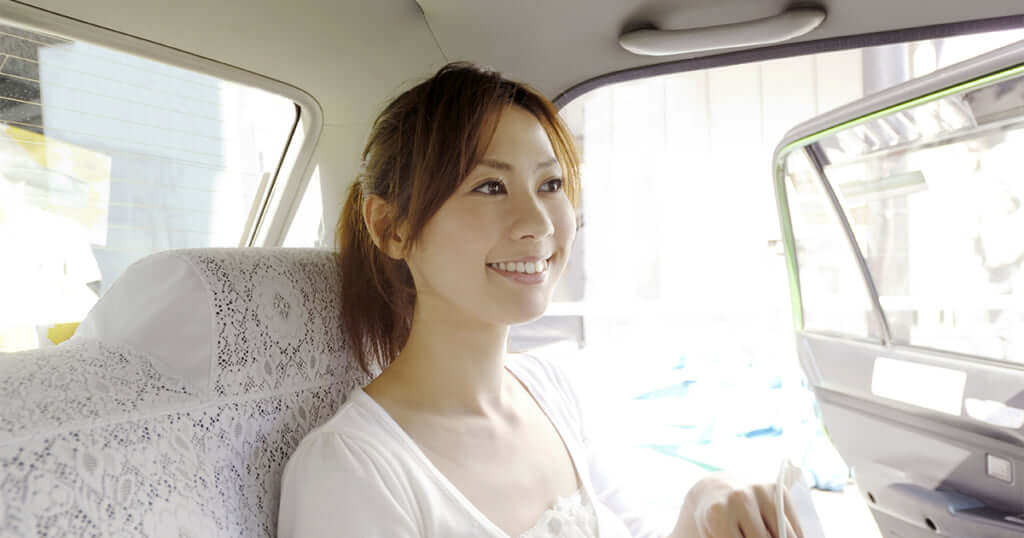
Most people would not think of taking a taxi in Japan because it is widely believed to be expensive.
However, this is not so. Short-distance travel by taxi is still quite affordable, especially when you have large pieces of luggage. It is not an easy task to lug around large pieces of luggage and navigate your way through a labyrinth maze of staircases in train stations and busy streets.
Taking a taxi thus saves effort and hassle to reach your destination. In addition, buses and trains in Japan stop operating around midnight. If you happen to be out until midnight, you may need to take a taxi.
So, let’s look at 11 essential phrases you need when taking a taxi in Japan.
1. ~までお願(ねが)いします ~ made onegaishimasu
Please take me to ~
This phrase is made up of two parts: ~ made and onegaishimasu. Made literally means “up to, until”.
If you put a destination in front of made, for example, Shinjuku Hotel, then “Shinjuku Hoteru made” means “until Shinjuku Hotel”. Onegaishimasu means “would you do me a favour?” and is a useful phrase whenever we are in need of someone’s help or favour.
When used with the word “made” before it, that is, “~ made onegaishimasu”, it means “please take me to ~”.
Some examples of places that you are likely to go using a taxi are:
Tokyo station
Tokyo eki made onegaishimasu
Please take me to Tokyo station
Narita airport
Narita kuukoo made onegaishimasu
Please take me to Narita Airport International terminal
Kokusaisen taaminaru made onegaishimasu
Please take me to the international terminal
Domestic terminal
Kokunaisen taaminaru made onegaishimasu
Please take me to the domestic terminal
Shinjuku Hotel
Shinjuku Hoteru made onegaishimasu
Please take me to Shinjuku Hotel
If you have the address of your destination, you can also show the address to the taxi driver and say “Koko made onegaishimasu” (please take me to here).
2. 急(いそ)いでいます Isoideimasu
I’m in a hurry
Use this phrase to tell the taxi driver you are in a hurry.
3. 右(みぎ)へ行(い)ってください Migi e itte kudasai
Please go right
Migi means “right” and itte kudasai means “please go to”. Use this phrase to tell the taxi driver to go right.
4. 左(ひだり)へ行(い)ってください Hidari e itte kudasai
Please go left
Hidari means “left” and itte kudasai means “please go to”. Use this phrase to tell the taxi driver to go left.
5. まっすぐ行(い)ってください Massugu itte kudasai
Please go straight
Massugu means “straight” and itte kudasai means “please go to”. Use this phrase to tell the taxi driver to continue straight.
6. 高速道路(こうそくどうろ)を使(つか)ってもいいです Koosoku dooro o tsukattemo ii desu
You can go by the expressway
If you are in a hurry and you wish to go by the expressway, you can use this phrase. Take note that you may have to incur expressway toll charges and these are added to the fare.
7. あそこで止(と)めて下さい Asoko de tomete kudasai
Please stop over there
If you are approaching your destination and you would like to specify the exact location for the taxi driver to stop, you can use this phrase.
Asoko means “over there” and tomete kudasai means “please stop”. Use this phrase together with hand gesture for more accuracy.
8. いくらですか Ikura desu ka
How much is it?
Fare calculation is by the meter and is indicated at the front of the vehicle. In case the fare is not visible, you can use this phrase to ask for the fare when you reach your destination.
9. クレジットカードでお願(ねが)いします Kurejitto kaado de onegaishimasu.
I would like to pay by credit card.
Many taxis accept payment by credit card and this is indicated by the stickers on the door. Use this phrase if you wish to pay by credit card. An increasing number of taxis also accept payment by IC card, such as Suica.
If you have a Suica card and you wish to use it to pay your fare, just change the phrase to “Suica kaado de onegaishimasu” (I would like to pay by Suica card).
10. 領収書(りょうしゅうしょ)をお願(ねが)いします Ryooshuusho o onegaishimasu
I would like to have a receipt, please
If you are going to Japan on a business trip and you can reimburse your transportation expenses, you may need to ask for a receipt from the taxi driver. Use this phrase at the time of payment.
11. どうもありがとう Doomo arigatoo
Thank you
Use doomo arigatoo to express your thanks to the taxi driver when you have reached your destination. You can also use “doomo” or “arigatoo” only. To make it more polite, you can say “arigatoo gozaimasu”.
The phrases above should be sufficient for communicating effectively with a taxi driver in Japan. Another thing to note is that when you board a taxi in Japan, do not open or close the left rear door by yourself.
This is controlled remotely by the taxi driver. You will notice that when you board the taxi, the door will close automatically and that it will open automatically again when you wish to alight.
My experiences with taking taxis in Japan have always been pleasant.
Taxi drivers in Japan are in general are very polite and helpful and some are even quite chatty once you start to use a few Japanese phrases with them.
If you find that they start to chat with you but your Japanese is limited, you can use this phrase “すみません、日本語(にほんご)がわかりません Sumimasen, nihongo ga wakarimasen” (I’m sorry but I don’t understand Japanese).

